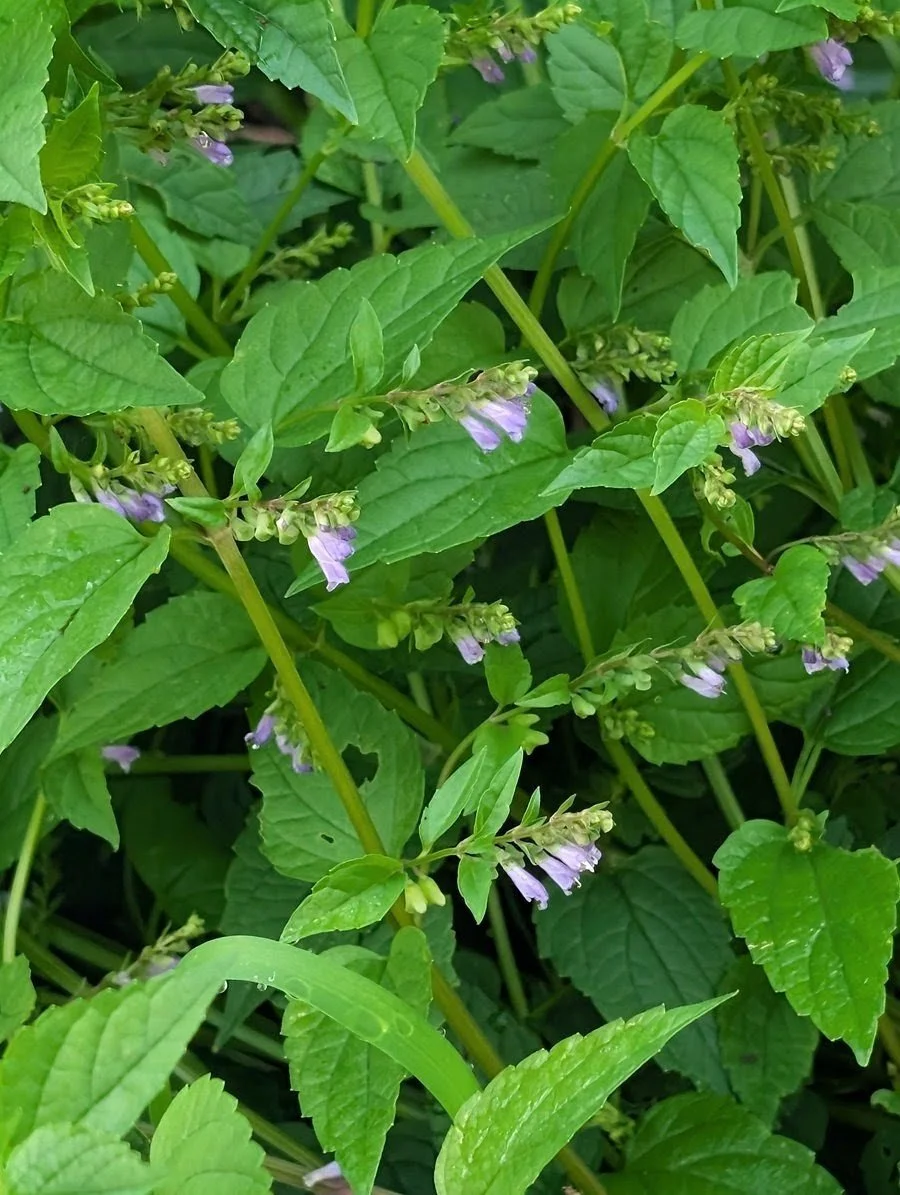Bloom: summer to early fall
Habitats: bogs; edges of vernal pools and ponds; moist depressions in limestone glades; moist sedge meadows; openings in floodplain woodlands; seeps and springs; shaded areas of cliffs; soggy thickets; swamps
Lifespan: perennial
Moisture: wet to moist
Plant type (height): forb (1 to 2.5 feet)
Requirements: full sun to light shade
Soil: soil with abundant organic matter
